The program, consisting of five pieces by Messiaen, Scriabin, and Zorn, required absolute technical mastery from its interpreters in their shared harmonic and rhythmic intricacies Its complexity expanded into its thematic content, as each piece served to unpack its creator’s metaphysical preoccupations.
Chants de Terre et de Ciel captures Messiaen’s spiritual journey following the birth of his first child, Pascal, in 1938, demonstrating the composer’s deep religious devotion and mysticism in the otherworldly qualities of its text and harmonies. Poème-nocturne and Vers la Flamme employ the mystic chord to evoke Scriabin’s theosophic conceptions of consciousness and his personal visions of a universal conflagration. And Zorn’s abiding fascination with various forms of esoteric mysticism and magic is on full display in Jumalattaret, which excerpts various exaltations of Sami goddesses from the Kalevala, Finland’s national epic.
Hannigan and Chamayou were up to the task of stretching their respective laryngeal and interval span to their limits. Indeed, their performance was often dazzling. Throughout “Bail avec Mi,” the first song in the Messiaen cycle, Hannigan’s soprano moved deftly between her registers, retaining a lightness that bridged the piece’s inner transversals between the earthly and heaven realm. Chamayou’s diaphanous accompaniment furthered the sense of ascension. Both artists accentuated moments of silence into the first two songs, to potent effect: Hannigan’s utterance of “bail” dissolved into an awestruck gasp, and Chamayou placed a brief fermata on the succeeding rest to allow the moment its fullest dramatic effect. They eased into the arching lines of “Antienne du silence” as if drawing the “alleluia” from an unearthly silence.
The jaunty “Danse du bébé-Pilule,” among the strangest of children’s songs, saw Hannigan’s vocal placement moved markedly forward, and she and Chamayou established the titular groove amid Messiaen’s more idiosyncratic rhythms. Yet, their forceful phrasing undermined some of the more playful sections; the looping nonsense words and cries of “chanter, chanter” verged on slightly stridulent frenzy rather than all-encompassing joy. “Arc-en-ciel d’innocence” found them on firmer interpretative ground. Chamayou’s playing was at its most sublime in its subtilty, and Hannigan swooned affectionately as she evoked the child’s toothless smile. Her stunning diminuendo on “Bonjour, petit garçon,” the concluding line, inspired tenderness even as dissonance in the accompaniment betrayed a sense of paternal anxiety.
The concluding two songs, “Minuit pile ou face” and “Résurrection,” dedicated to Death and Easter, respectively, turn the cycle from Messiaen’s reflections on fatherhood to his relationship to God the Father. The accompaniment and vocal line darken as they dive into images of judgement and revelation, only punctuated by a father’s reassuring utterance to his son to sleep amid visions of cosmic chaos. Hannigan brought anguish and ecstasy to these final songs, twitching through descriptions of an all-enveloping death. Even the promise of ecstatic oneness with the Father was cast with palpable anxiety. Nonetheless, her top notes rang with the authoritativeness of a church bell.
If Fatherhood preoccupied Messiaen, then Motherhood seemed to be top of mind for Zorn. Premiered by Hannigan in 2018, Jumalattaret conjures the elemental goddesses of yore and the expressive possibilities of the female voice in equal measure. The ferocity of the singer’s desire to praise of the goddesses, as stated in the opening invocation, translates into multitude of musical hoops Zorn has his soprano jump through: she hums a folksy air, launches into paganistic scatting, moans, hoots, intones mysteries (in Finnish!), and executes something akin to throat singing over the span of twenty-ish minutes. Oh, and she plays a bell. Zorn—what a delightful kook!
Hannigan last performed the work at the Armory in 2019 and gave an interview on the intensive preparation she undertook to perform it. Stepping back onto the stage after Chamayou’s impressive performance of the Scriabin selections, she worked off the score but was self-possessed and firmly in control throughout the entirety of piece’s nine sections. And even though the score called on her to execute series of outlandish vocal pyrotechnics and techniques, her sound remained secure and retained its attractive qualities: pliant during a lullaby, shimmering during a paean to the moon goddess. The most captivating moments of the piece came when Hannigan moaned and heaved in the piano’s soundboard as Chamayou plucked the strings, creating spectral aural effects that recalled the wide tundra from which these myths took shape.
It is unclear to me whether singers other than Hannigan have tackled Jumalattaret since its premiere; it is a daunting work, and there are few artists who have the same level of bravery, presence, and appeal as Hannigan to justify its programming. If she, and Chamayou, proved anything last week, it was that virtuosity requires not only expertise, but chutzpah.
Photos: Stephanie Berger
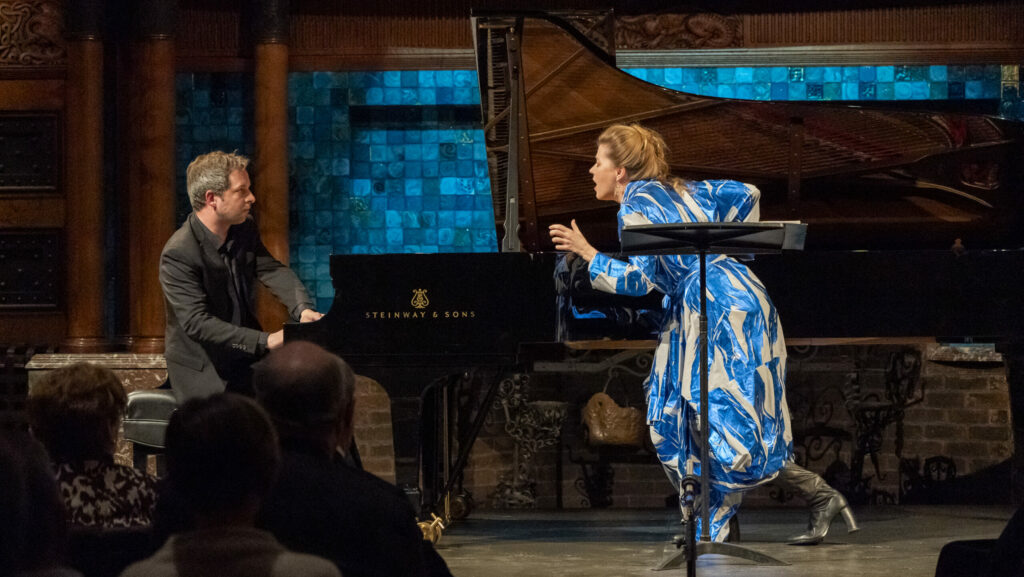
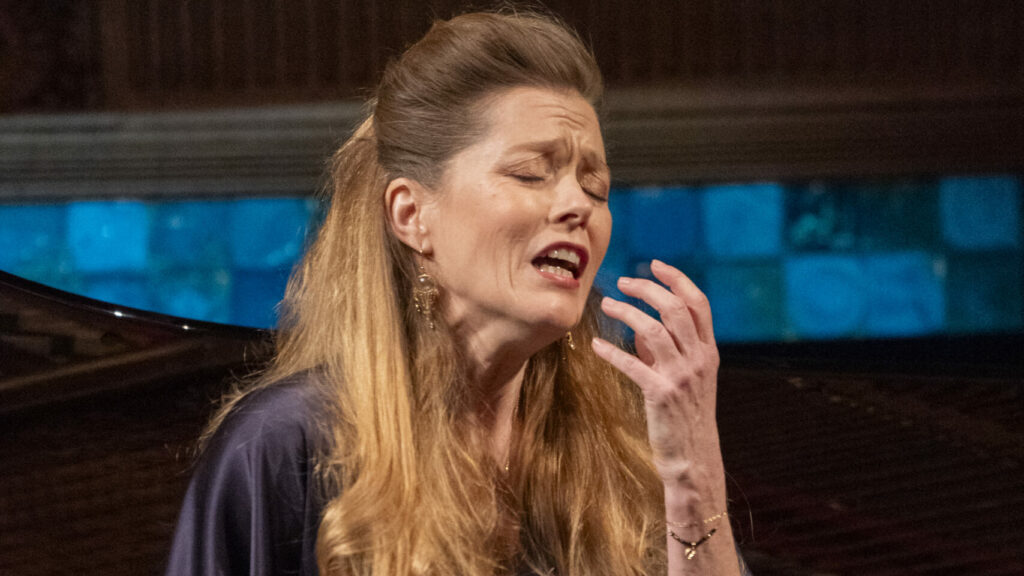
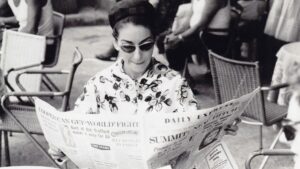
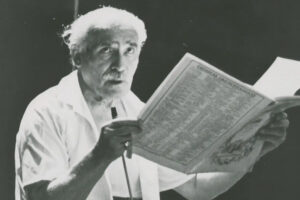
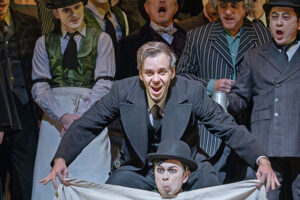



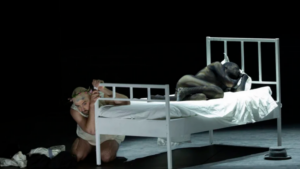
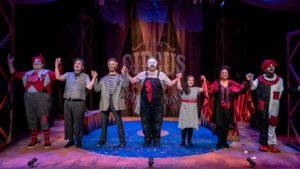



Comments